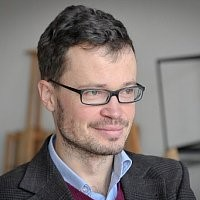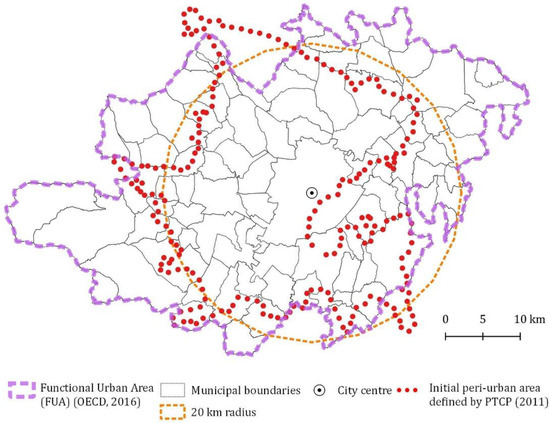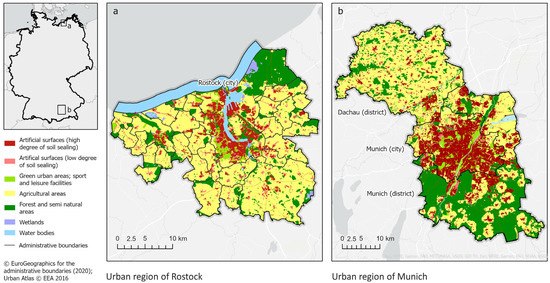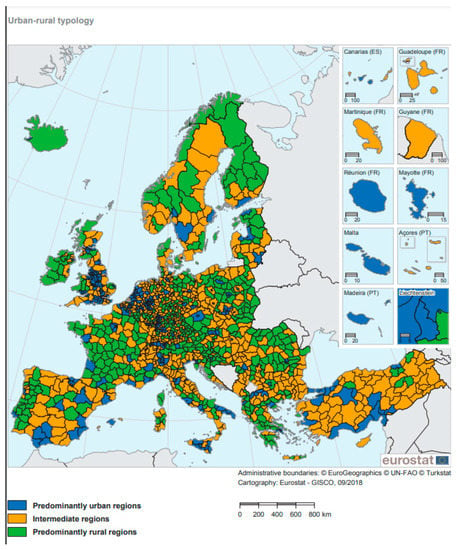Integrated Management, Planning, and Policy for Sustainable Landscape Development in Europe
A topical collection in Land (ISSN 2073-445X).
Viewed by 8571Editor
2. Faculty of Civil Engineering and Architecture, Opole University of Technology, 45758 Opole, Poland
Interests: peri-urban landscape; governance; planning; urban open spaces; ecosystem services
Special Issues, Collections and Topics in MDPI journals
Topical Collection Information
Dear Colleagues,
European land is a scare and not infinite resource that requires care. Pressures on land are related to extension of urban functions such as housing, recreational services, industry and commercial areas, transportation infrastructures, mine, and waste sites. That processes are made visible by dynamic land take, loss of open spaces, and soil sealing, resulting in biodiversity and ecosystem services diminishment. This situation, beyond ecological challenges, generates sociological ones such as hampering accessibility to greenery or the possibility to freely use it.
Integrated land management, planning, and policy offers a unique opportunity to address such challenges in a multilevel way by promoting and developing flexible approaches to protect land and safeguard open spaces. Integrated land management, planning, and policy making can contribute to protection of ecosystem services, biodiversity, and natural and cultural heritages of various landscapes. It can also support sustainable socioeconomic development, as land is also a capital for investment.
Due to permanent transformations of land in Europe, description of new scientific and planning methodologies, research results, and critical thoughts are constantly important for sustainable development of European landscapes. Moreover, experiences from academia need to be constantly transferred to other governance actors, who are directly responsible for land management, planning, and policy making. This can increase their awareness about integrated planning approaches and offer those actors possibilities to grasp new knowledge.
This new collection in the Land journal contributes to the process of intensive knowledge and experience exchange among various experts and practitioners by offering an open platform where a discussion concerning integrated land management, planning, and policy making in the context of various European landscapes can take place. It is open to different types of theoretical analyses, research papers, and practical contributions addressing the overall topic of integrated management, planning, and policy making for sustainable landscape development in Europe. It also aims to collect submissions from European Land-Use Institute (ELI) members. As part of this collaboration, all members of ELI will receive a discount on the article processing charge (APC) when submitting articles to Land. Please choose ELI as your institution when submitting papers to this collection.
Dr. Marcin Spyra
Collection Editor
Manuscript Submission Information
Manuscripts should be submitted online at www.mdpi.com by registering and logging in to this website. Once you are registered, click here to go to the submission form. Manuscripts can be submitted until the deadline. All submissions that pass pre-check are peer-reviewed. Accepted papers will be published continuously in the journal (as soon as accepted) and will be listed together on the collection website. Research articles, review articles as well as short communications are invited. For planned papers, a title and short abstract (about 100 words) can be sent to the Editorial Office for announcement on this website.
Submitted manuscripts should not have been published previously, nor be under consideration for publication elsewhere (except conference proceedings papers). All manuscripts are thoroughly refereed through a single-blind peer-review process. A guide for authors and other relevant information for submission of manuscripts is available on the Instructions for Authors page. Land is an international peer-reviewed open access monthly journal published by MDPI.
Please visit the Instructions for Authors page before submitting a manuscript. The Article Processing Charge (APC) for publication in this open access journal is 2600 CHF (Swiss Francs). Submitted papers should be well formatted and use good English. Authors may use MDPI's English editing service prior to publication or during author revisions.








